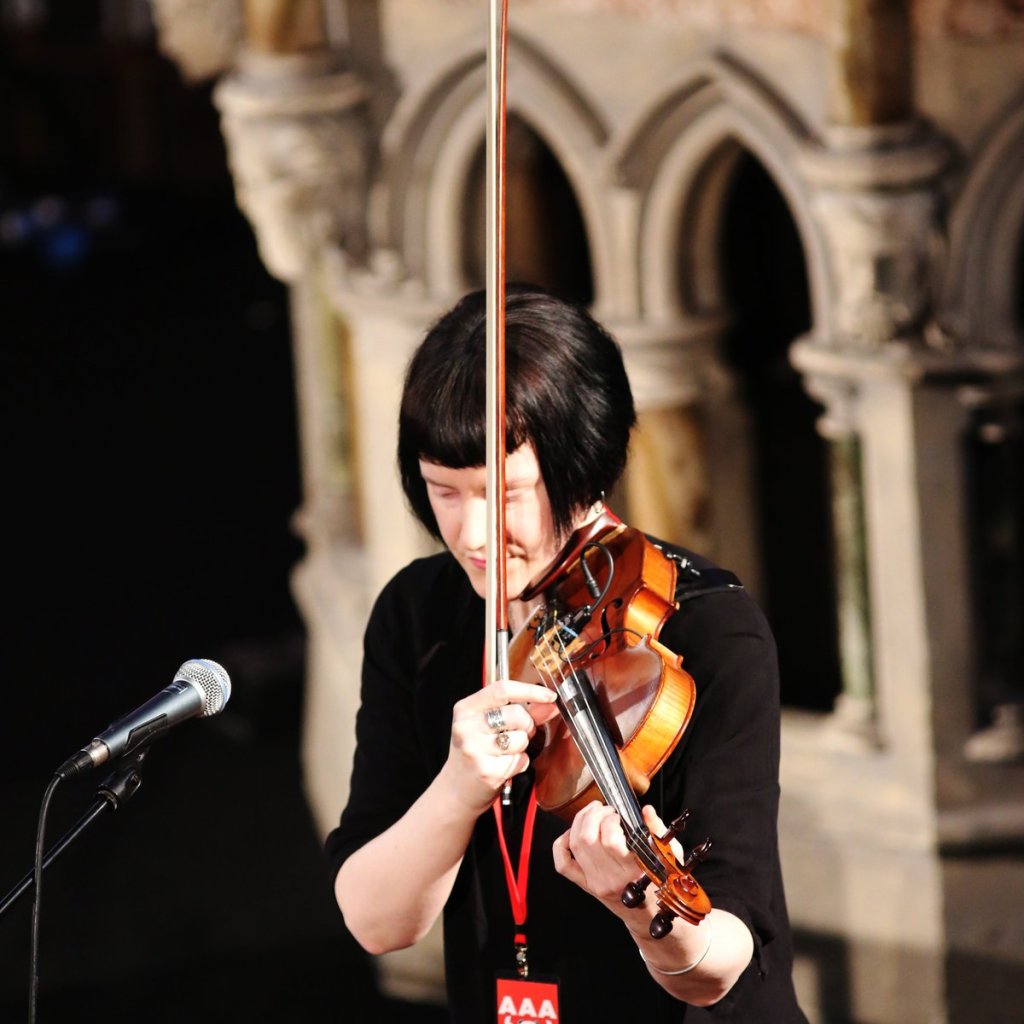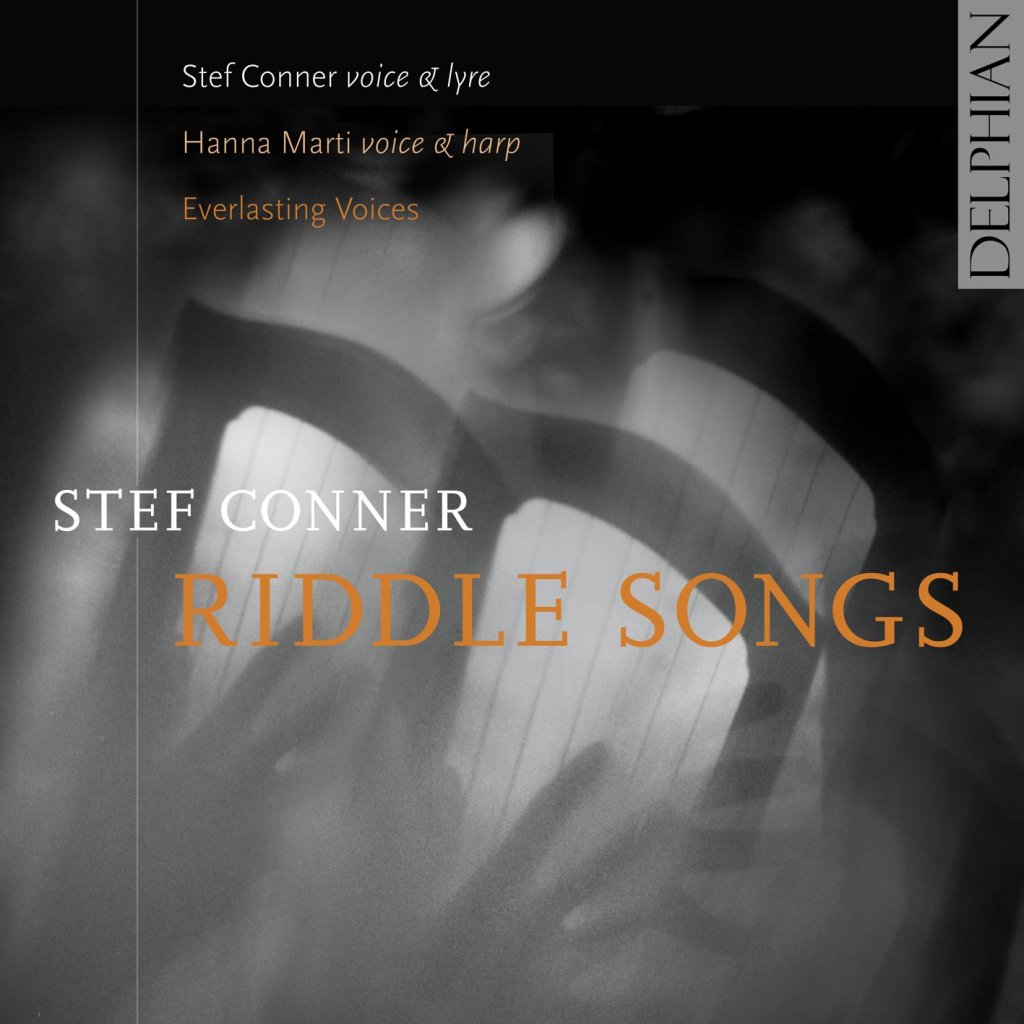As you may know, I am one of the writing team on Frances Wilson's ArtMuseLondon website, where this article first appeared. For a handsome range of reviews and thought pieces covering all genres of art and music, please pay the site a visit here.
Two brilliantly-timed records that for me sum up the word ‘spirit’: both in the eerie, evocative atmospheres they conjure up, and the sheer inventive brio with which the music was created.
*
Dead Space Chamber Music are an intriguing collective from Bristol, UK, who seemingly belong to all genres or none. Within the first few minutes of the opening track on their latest release, we hear an early music chant re-configured into spontaneous variations and avant-garde textures, acoustic strings agitating against treated electronica.

‘St Kenelm’s: The Sapperton Sessions’ was recorded live in the medieval church and village that feature in its title. It’s remarkable that the three musicians were able to surround themselves with these sounds in the moment. The line-up’s choice of instruments is unusual, and crucial: Liz Paxton’s cello is a beautifully-sustained anchor, a necessary through-line beneath and around Tom Bush’s electric guitar, seamlessly moving between delicate accompaniment and washes of distortion. Completing the trio is Ellen Southern, a vocalist equally at home with tenderness and terror, and who also provides found-sound recordings and effects to push even further at the edges of the performance.
There are three tracks in total, all around the ten-minute mark, giving the ensemble room to stretch out and improvise. Each song had an existing basis, or starting point. The chant I mentioned earlier that underpins ‘O Virtus Sapientiae’ is by 12th-century composer Hildegard von Bingen.
‘Lachrymae’ sets words by Dowland to a tune by Machaut – already creating a sense of dislocation – before a moment of silence: then we spiral off into uncharted, heart-wrenching territory beyond words and melody. The effect is both unsettling and entrancing: completely at odds with expectations of how one might approach such aged, commanding texts but utterly authentic to the emotional, spiritual experience within them.
Final track ‘Black Desert’ is the band’s own composition, mutating over time as and when performed live. Southern vocalises wordlessly (fans of Dead Can Dance’s Lisa Gerrard or Cocteau Twins’ Elizabeth Fraser will feel very at home here) above expertly-manipulated drones and restrained backing from her colleagues – Bush even seems to draw from a sparse jazz-guitar soundworld. But the band’s precision and attention to detail can also pull the rug from under your feet – for example, around the four-minute mark where Southern suddenly harmonises with herself. In a studio recording, this would be relatively easy to achieve with double-tracking: however, after a split-second you realise this is all being played live, and that the ‘present’ Southern has locked into a recorded sample of herself, in perfect time and harmony.
As the band point out in their sleeve notes, the location is vital to the recording: as well as its fine acoustic, which lends a superb richness and reverb to the riskier electronic elements, any ambient noises from the church itself stay in. This goes hand in hand with the use the group make of non-musical objects: the mid-section of ‘Black Desert’ where the percussive drive comes from stone scraped against knife won’t leave you in a hurry.

Another aspect of the album I want to draw out is its filmic quality – I wonder if DSCM have ever ventured into soundtracks? While the ensemble’s presentation (beautiful black-and-white artwork which recognisably evokes folk mysticism and ritual) is an important part of the overall experience, the production is so expansive and the players so alive to each other’s contributions, that the music places the imaginative listener into a three-dimensional (dead?) space, all by itself. If your ideal Yuletide involves settling down in front of ‘A Ghost Story for Christmas’ or ‘The Stone Tape’, for example, then you will feel delightfully at home in the St Kenelm’s of your ears and mind. There is a lovely touch at the start where we hear the group exchange brief words about starting the tape: a natural moment that belies some of the otherworldly sounds we go on to hear, as if they have surrendered themselves to the power of the site.
The album radiates patience and foreboding: partly due to the confidence the ensemble have in letting the sounds drift and develop, what we hear seems to not simply rise and fall in volume but move nearer or draw further back. ‘O Vitus Sapientiae’ is finally subsumed into chain-like rattles and a deep, percussive rumble that feels for all the world like the church’s foundations are shifting.
It’s a fitting effect for a group that so skilfully unmoors historic music from its traditional boundaries, marshalling modern techniques to make the familiar newly mysterious.
*
I don’t often write about a single song, but I think the new release from Kate Arnold is too important to pass by. Arnold is, you might say, a kindred spirit to DSCM: she brings her interest in early/medieval music into her own compositions, and uses loops and samples to be able to perform live – in her case, with voice, violin and most distinctively, hammered dulcimer.

Arnold has already made one of the best records of 2020, an EP called ‘Rota Fortunae I’ from an impossibly distant pre-lockdown February. Its four tracks offer several albums’ worth of ideas amid a dazzling display of songcraft – Arnold’s thoughtful and confident vocals make a pulsing anthem about alchemy sit happily next to a powerful update of the only surviving complete song by 12th-century trobairitz Beatriz de Dia. The dulcimer has that elusive air of austere stateliness that nonetheless, in these hands, chimes gloriously with addictive, uplifting hooks. Arnold has mastered the art of placing key moments of euphoria in her tracks – the sudden appearance of a bassline, or an underlying chord change that resolves a period of expertly-built tension – and nowhere is this clearer than in new song, ‘Just Born’.
This is the lead track, so to speak, from follow-up EP ‘Rota Fortunae II’ (expected, due to an understandable delay, early next year). It absolutely warrants a stand-alone purchase: it’s the digital equivalent of rushing home with a new 12” single under your arm, thinking you might have snapped up the single of the year.
One of Arnold’s most arresting lyrics yet, ‘Just Born’ encompasses both apocalypse and acceptance: the idea that humankind’s insistence on its supremacy over nature (“Did you expect to see / The conquest of biology?”) is likely to be reversed (“The future never needed us”)… but in the face of that insignificance, it could be love (as I see it, in whatever form that takes) that gives us the closest thing to meaning that we have.
I focus on the lyric not only because I really admire it, but because it addresses both the current and the eternal. The musical arrangement brings this to life by starting with a sparse beat (normally created by striking the dulcimer frame) and steady bassline. Then a circular dulcimer figure begins just before the ‘expected’ beat, followed by Arnold’s (initially) softly-sung vocal, which also seems syncopated, slightly ahead of itself, trying to somehow urge on the implacable pace of the track’s foundation. For one song, there is an embarrassment of shiver-down-the-spine moments: from the sudden burst of strings beneath the vocal early on; to the instrumental chorus; to the way that halfway through each verse, the mass of notes is tweaked to increase the major ‘brightness’ of the arrangement. The brilliant last line of the final verse – ‘”to slow the blinking of the eye” – is drawn out and held longer in the vocal as if in defiance.
As with all of Arnold’s catalogue, it’s a joy to hear a piece that sounds so beautiful, but with force of intellect as well as emotion. Music as food of love, sure, and also for thought.
*
You can buy music from both artists featured in this piece on their Bandcamp pages.
Dead Space Chamber Music: https://dscm.bandcamp.com/
Kate Arnold: https://katearnolduk.bandcamp.com/
Photo of DSCM by Katie Murt.














